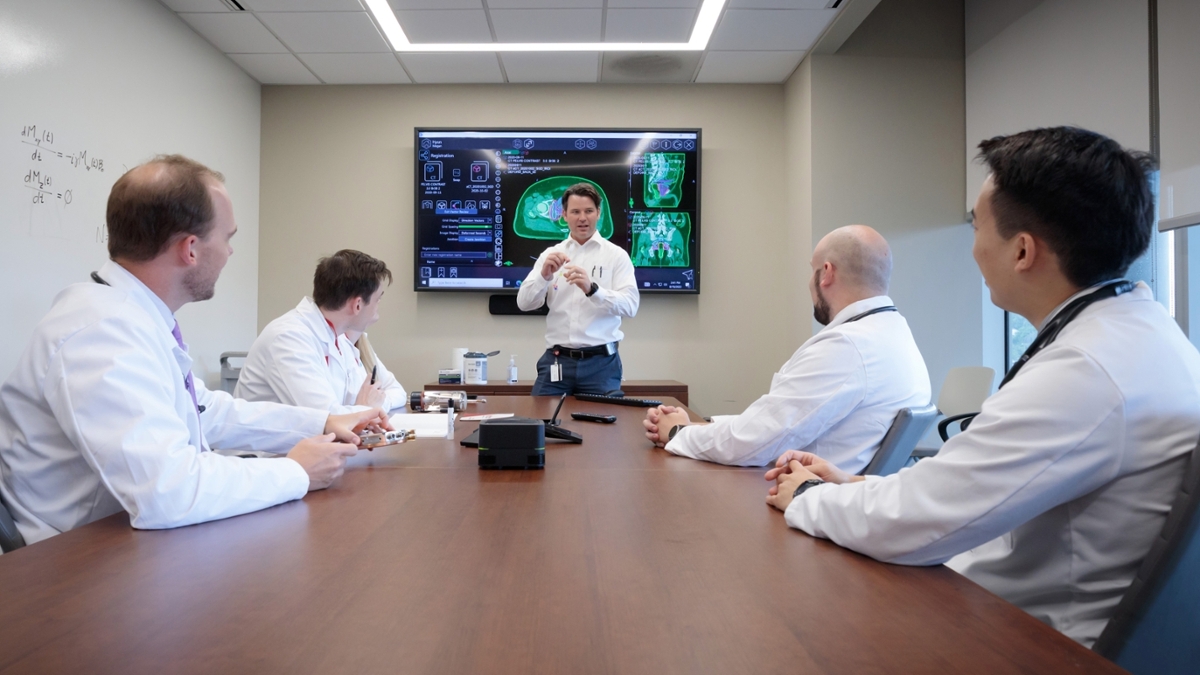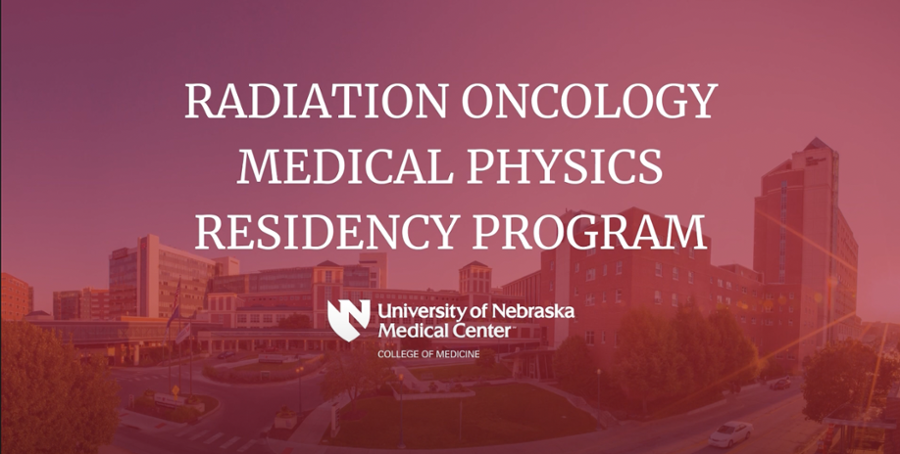
Medical Physics Residency
Our Medical Physics Residency prepares residents for all areas of clinical radiation oncology physics and to take the certification examination of the American Board of Radiology in Therapeutic Radiologic Physics.
The residency is a two-year program that emphasizes clinical excellence and professional development in Radiation Oncology Physics. The residency includes didactic courses but the majority of time is spent in “hands-on” clinical rotations. Residents are expected to become an integral part of the Department of Radiation Oncology, performing clinical duties while interacting closely with the entire faculty and staff, including physicians, dosimetrists, and therapists, in a collegial manner.
Our vibrant, growing department is equipped with five modern linear accelerators (three at the main campus and two at satellite hospitals) capable of advanced techniques such as respiratory gating, optical surface monitoring, and image guided radiotherapy using OBI/Cone-beam CT’s, Calypso, and CT on rails. Treatment planning is performed by primarily using Varian Eclipse and Elekta Oncentra, but also using Philips Pinnacle, BrainLAB iPLAN, and BrachyVision systems. Through our clinical partners, we work on a broad range of radiation oncology procedures including: 3D-CRT, IMRT, VMAT, SRS/SBRT, TBI, TSE, IORT, and HDR/LDR brachytherapy. The Fred & Pamela Buffett Cancer Center, a state-of-the-art integrated clinical and research facility which opened in June 2017, houses the main department and three new Varian linacs with the latest technology advancement (two matched TrueBeams and one Edge).
Kyle J. Gallagher, PhD, Medical Physics Residency Director
Dr. Gallagher is an assistant professor in the radiation oncology department. His main research interests include improving long-term outcomes for pediatric patients through advanced radiotherapy techniques (e.g., proton therapy) and radiotherapy in low- and middle-income countries.

